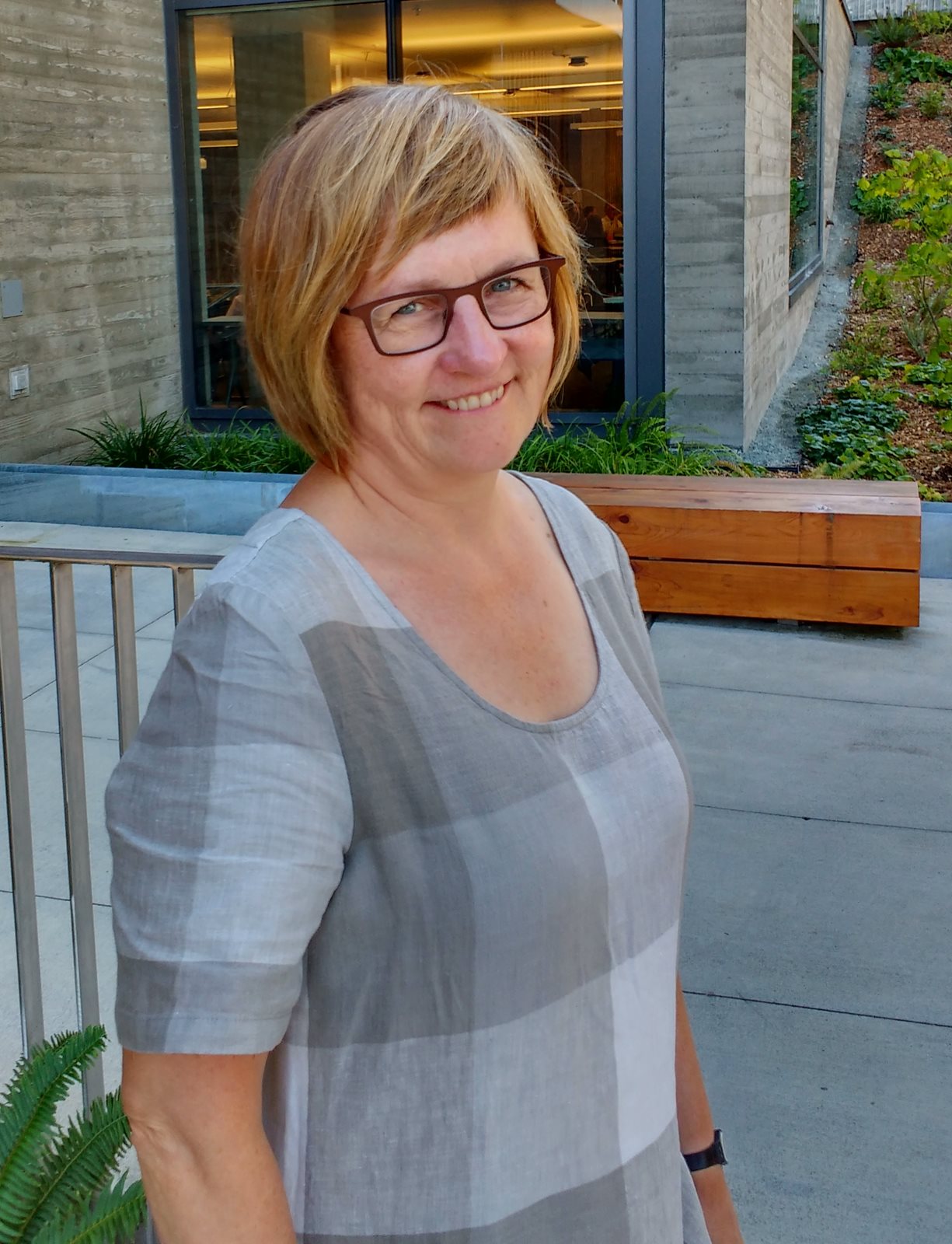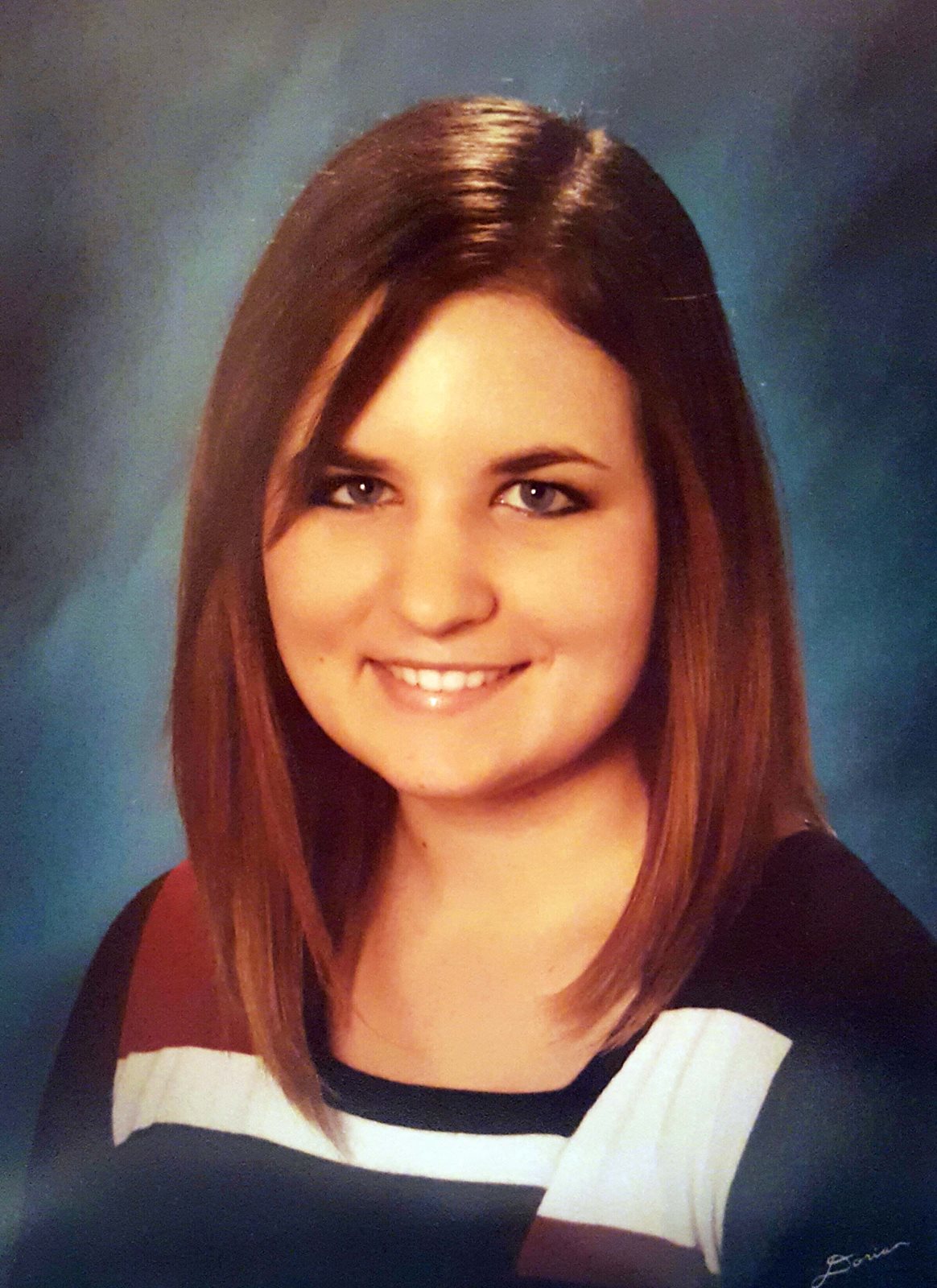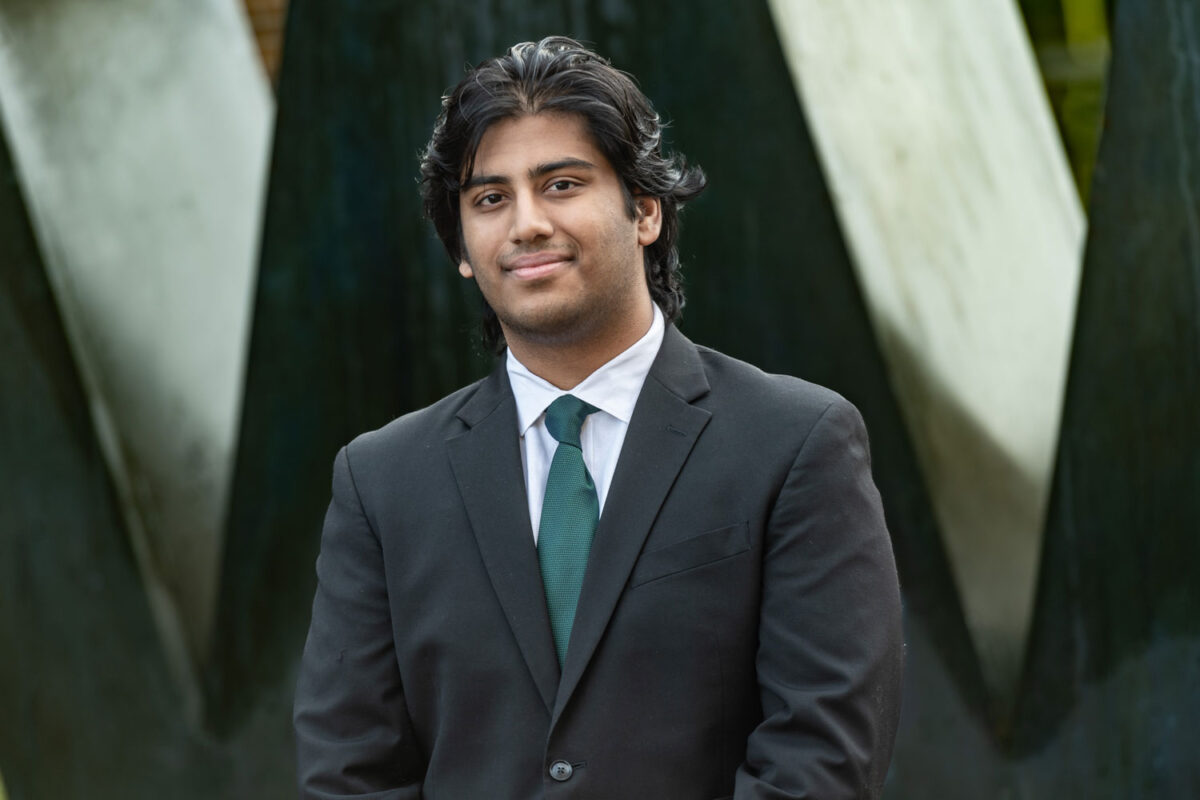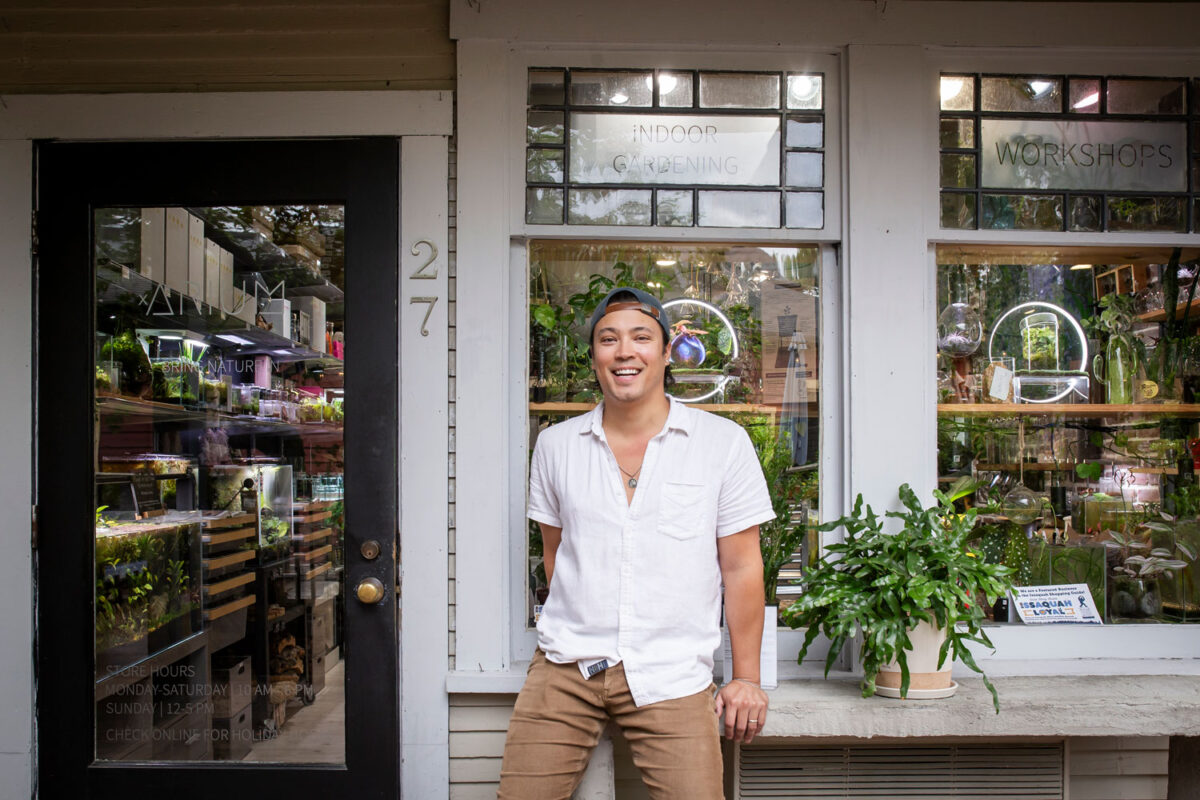
By Douglas Esser
When teachers in the University of Washington Bothell's new digital teaching certificate program complete the course, they will be set to lead their students in this increasingly digital culture.
They also will have the expertise to lead workshops and share the ideas with other teachers in their districts, says Jane Van Galen, a professor in the School of Educational Studies who oversees the certificate program beginning this fall.
Designed for teachers of all grade levels, the 15-credit certificate for M.Ed. graduate students goes on their UW transcripts. It’s an advantage because there is no state certification for digital teaching, such as there is for reading or math.
Teachers also may take the course for professional development, without the full degree. Other professionals who use digital tools, such as nurses, may take the classes as electives.
The approach – the way of thinking about digital teaching – may be one of the biggest surprises for teachers, says Van Galen, one of the 23 founding faculty members and the founding director of the education program at UW Bothell. She has long been interested in how new forms of digital media change communication.

“We want to serve the districts’ needs and also help the districts think about ways to use technology that maybe isn’t evident yet,” Van Galen says. Photo: Jane Van Galen
Most of her classes incorporate video making and multi-media production. Remixing is a new literacy. She presents digital skills in a series of questions:
- “How do you produce things that are meant to be viewed on the screen, that have sound quality, that have visual elements to them?”
- “How do you read critically and evaluate when you have abundant amount of information available to you at the end of a Google search? “ How do you choose what information is most valuable?
- “How do you communicate as a good citizen within groups of people on the internet, because we see a lot of examples of bad citizenship?”
- “How do people use memes and how do you create them?
- If you want something to go viral, how do you that because it doesn't just happen.”
As they consider digital learning, teachers see how it motivates students and connects them across distances. Teachers will show them to make decisions about vast amounts of data and ask them to think critically about content. It’s an approach that sees technology as a tool instead of the driving force.
“The first wave of technology in schools has been, we buy the equipment and then figure out what we should do with it. We’re really trying to shift in the certificate to what are our learning goals,” Van Galen says. “What do we want kids to know and be able to do, especially in a world where much communication is digital now. And then we ask questions about what equipment we need to support those things, what activities, what projects, rather than starting with the technology itself.”
Critical thinking is an important goal of digital teaching for children surrounded by computer and TV screens filled with commercial or political videos.
“I want them to know how those were put together so they can be really critical and not just watch them, just as we ask them to be critical of other people’s writing I want them to be critical of media also.”
It’s a skill that has to be taught. Another valuable skill is learning when not to use technology.
“Unless there’s a good reason, we shouldn’t,” she says. Sometimes the pen is mightier than the keyboard.
Students are likely already familiar with digital tools: blogging platforms where they have their own website, free or low cost video production platforms to make movies on their phone or iPad, photo editing, audio editing for podcasts, Facebook and Twitter.
Van Galen says students are likely to have the most important technology device in their pocket — their phones. “It’s a social device or a fun device or entertainment device, but the vast capacity for learning and having all of that information in your hand – they're not necessarily good at that yet.”
Veronica VanZeipel, a fifth-grade teacher at Penny Creek Elementary in the Everett School District, started student blogs while taking a technology focused class for her master's from Van Galen.

"I taught my students about digital citizenship and the benefits of blogging, and my students ran their own blogs open to the public," VanZeipel says. Because of what she learned, "I knew how to keep my students safe online while still participating in an online community."
Photo: Veronica VanZeipel
Another teacher, Amanda Dews, who graduated in June from UW Bothell with her master's in education, is a second-grade teacher this year in the Lake Washington School District. She also has taught first- and second-grade in the Bellevue School District.
After she started student blogs "I saw students who loathed writing and did everything they could to avoid it rush to the computer so they could type on the blog and read comments others had written on their posts."
Instead of writing, Dews' students make "about me" videos to introduce themselves. They also make videos instead of written reports on topics such as biographies or insects.
As the students use video tools they learn about copyright, collaboration and editing.
"We live in an ever increasing digital age, and as a teacher it is my responsibility to help students prepare for the real world," Dews said.



